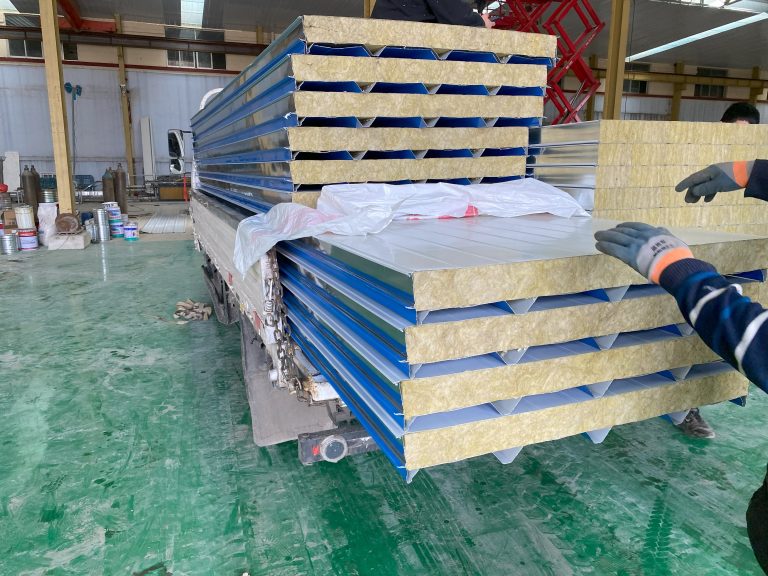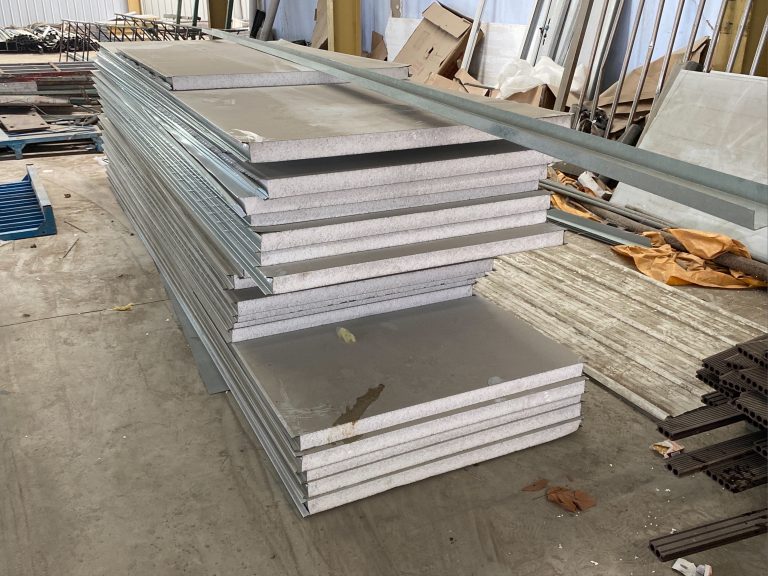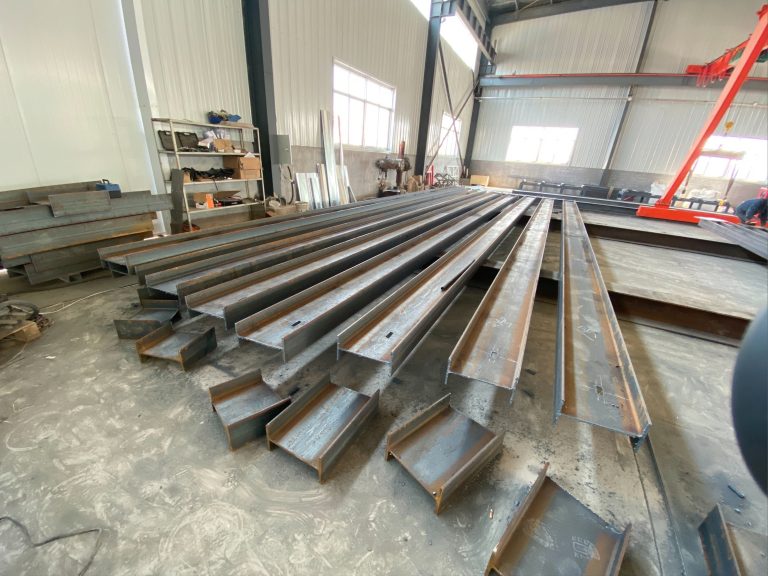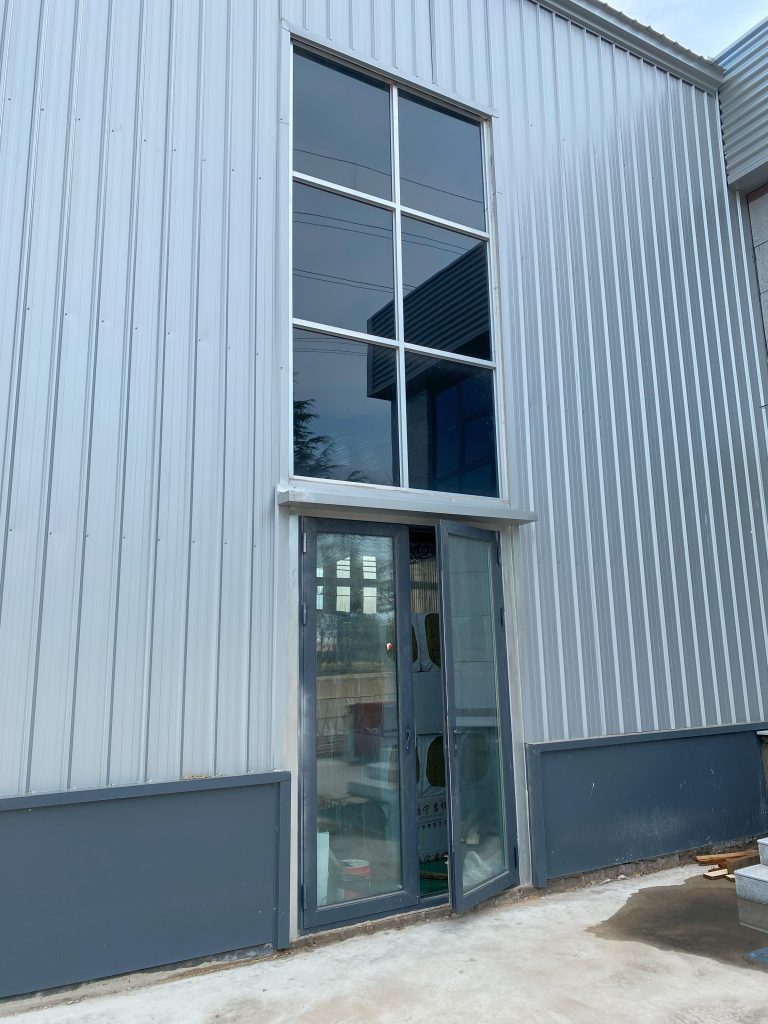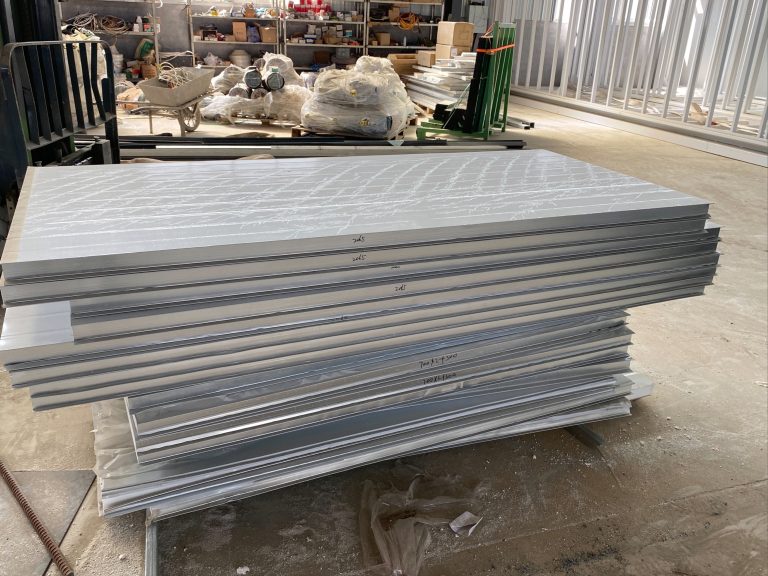Maintenance Tips for Structural Steel Components
Importance of Regular Inspections
Structural steel components are essential elements in many buildings and structures, providing strength and stability. To ensure the longevity and safety of these components, regular maintenance and inspections are crucial. Regular inspections can help identify any potential issues early on, preventing costly repairs or replacements down the line.
One of the most important reasons for regular inspections of structural steel components is to ensure the safety of the building or structure. Over time, steel components can deteriorate due to factors such as corrosion, fatigue, or excessive loads. By conducting regular inspections, any signs of deterioration can be identified and addressed before they pose a safety risk.
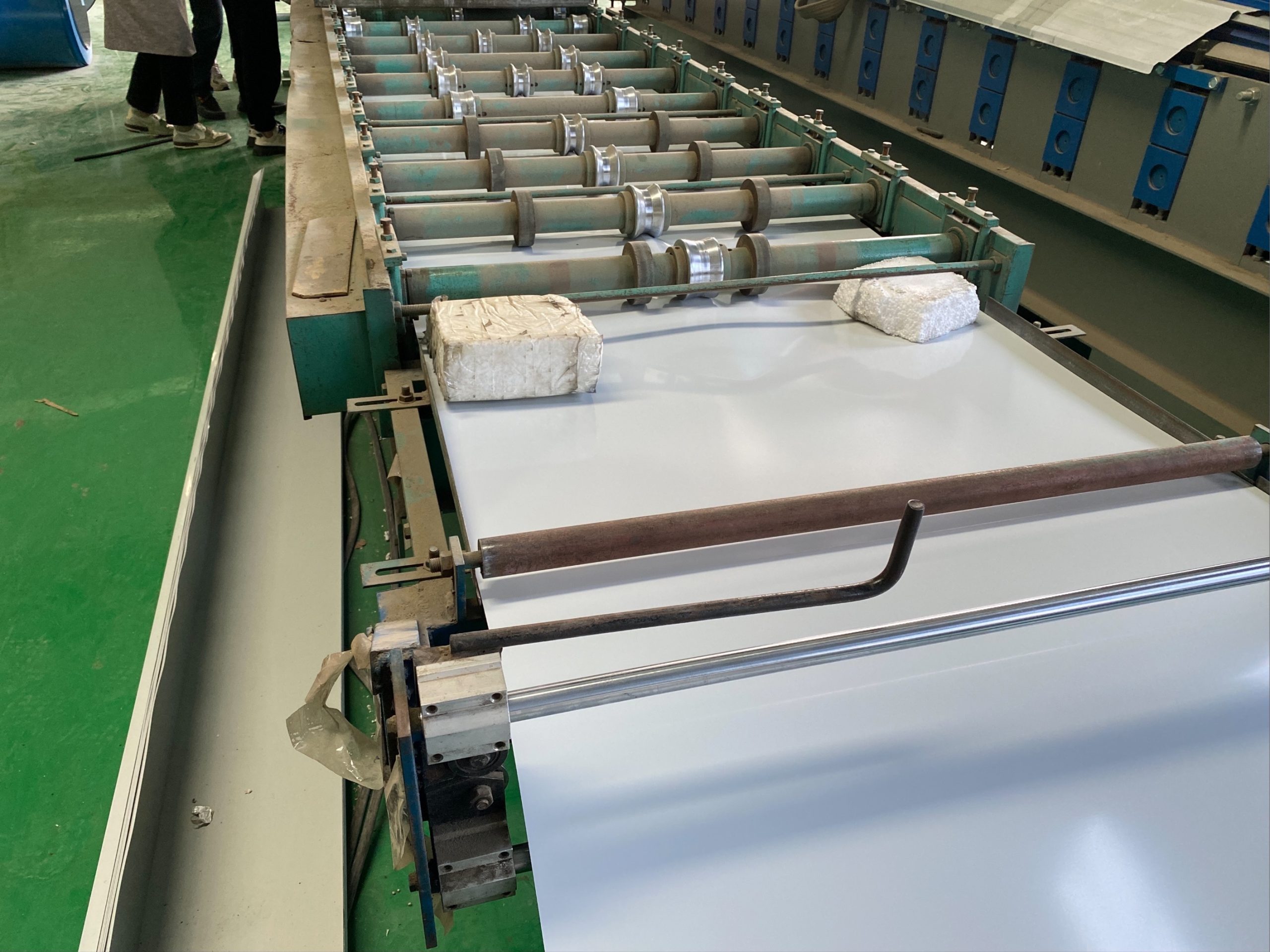
In addition to safety concerns, regular inspections can also help extend the lifespan of structural steel components. By identifying and addressing issues early on, the need for costly repairs or replacements can be minimized. This can help save both time and money in the long run, as well as prevent any disruptions to the operation of the building or structure.
When conducting inspections of structural steel components, it is important to pay attention to certain key areas. These may include checking for signs of corrosion, such as rust or pitting, as well as inspecting welds for any cracks or defects. It is also important to check for any signs of deformation or misalignment in the components, as these can indicate structural issues.
In addition to visual inspections, it is also important to perform non-destructive testing on structural steel components. This can help identify any hidden defects or weaknesses that may not be visible to the naked eye. Non-destructive testing methods may include ultrasonic testing, magnetic particle testing, or dye penetrant testing.
Regular inspections of structural steel components should be conducted by qualified professionals who have the necessary training and expertise. These professionals should be familiar with industry standards and best practices for inspecting structural steel components. They should also have access to the necessary equipment and tools to perform thorough inspections.
In conclusion, regular inspections of structural steel components are essential for ensuring the safety and longevity of buildings and structures. By identifying and addressing any issues early on, the need for costly repairs or replacements can be minimized. It is important to conduct inspections by qualified professionals who have the necessary training and expertise. By following these maintenance tips, the lifespan of structural steel components can be extended, and the safety of buildings and structures can be ensured.

